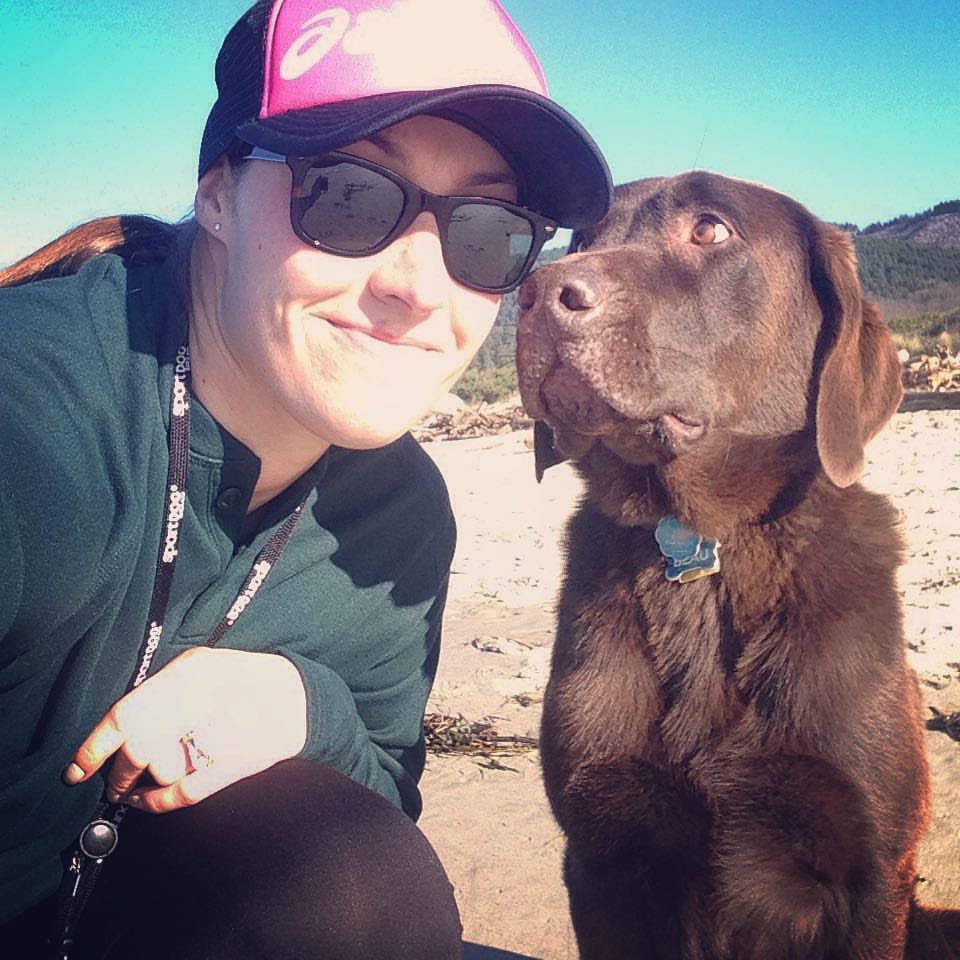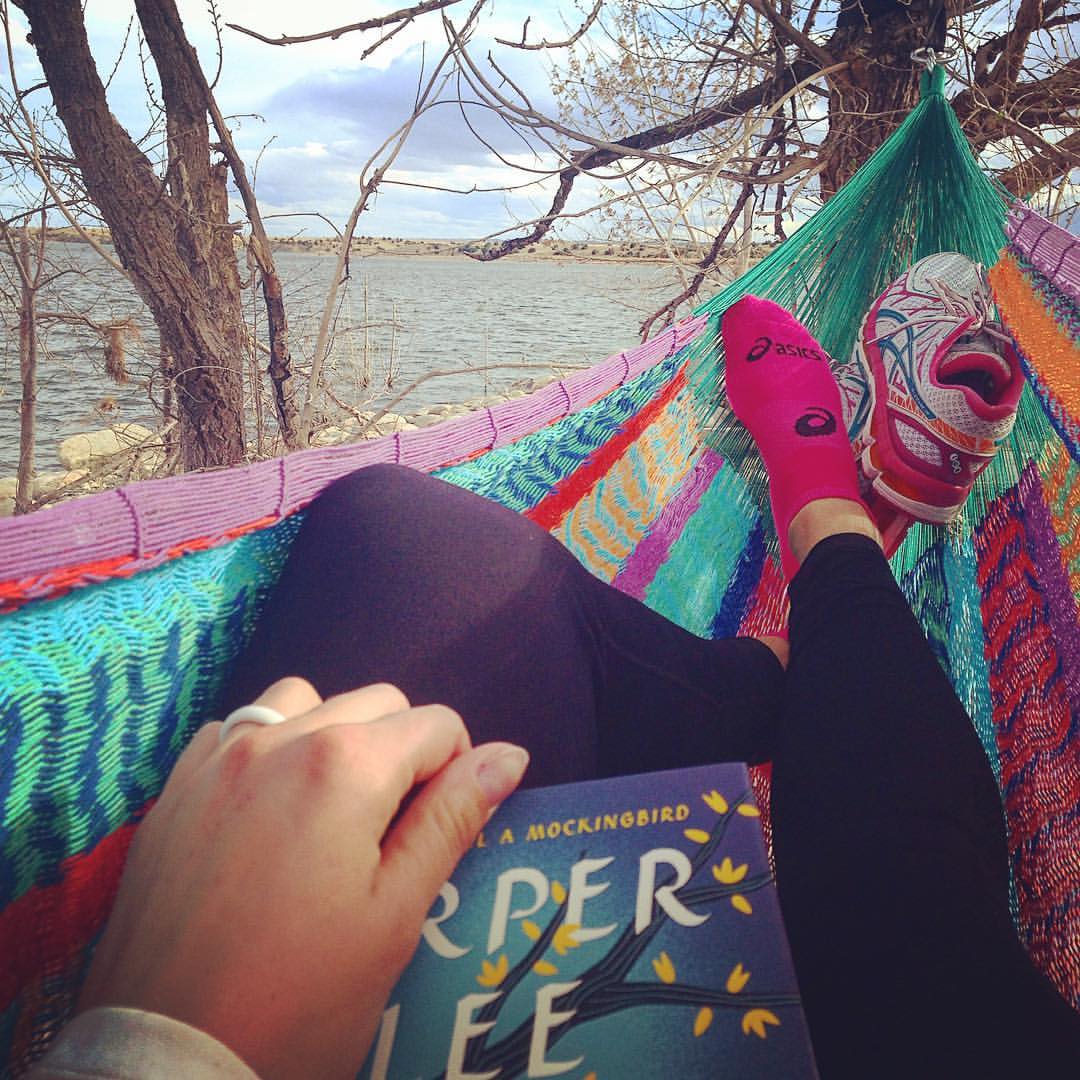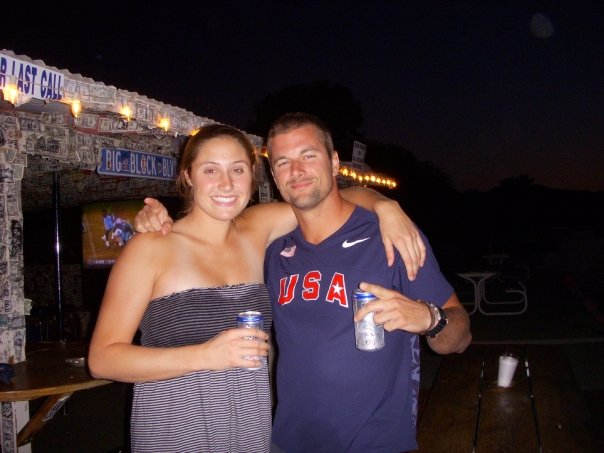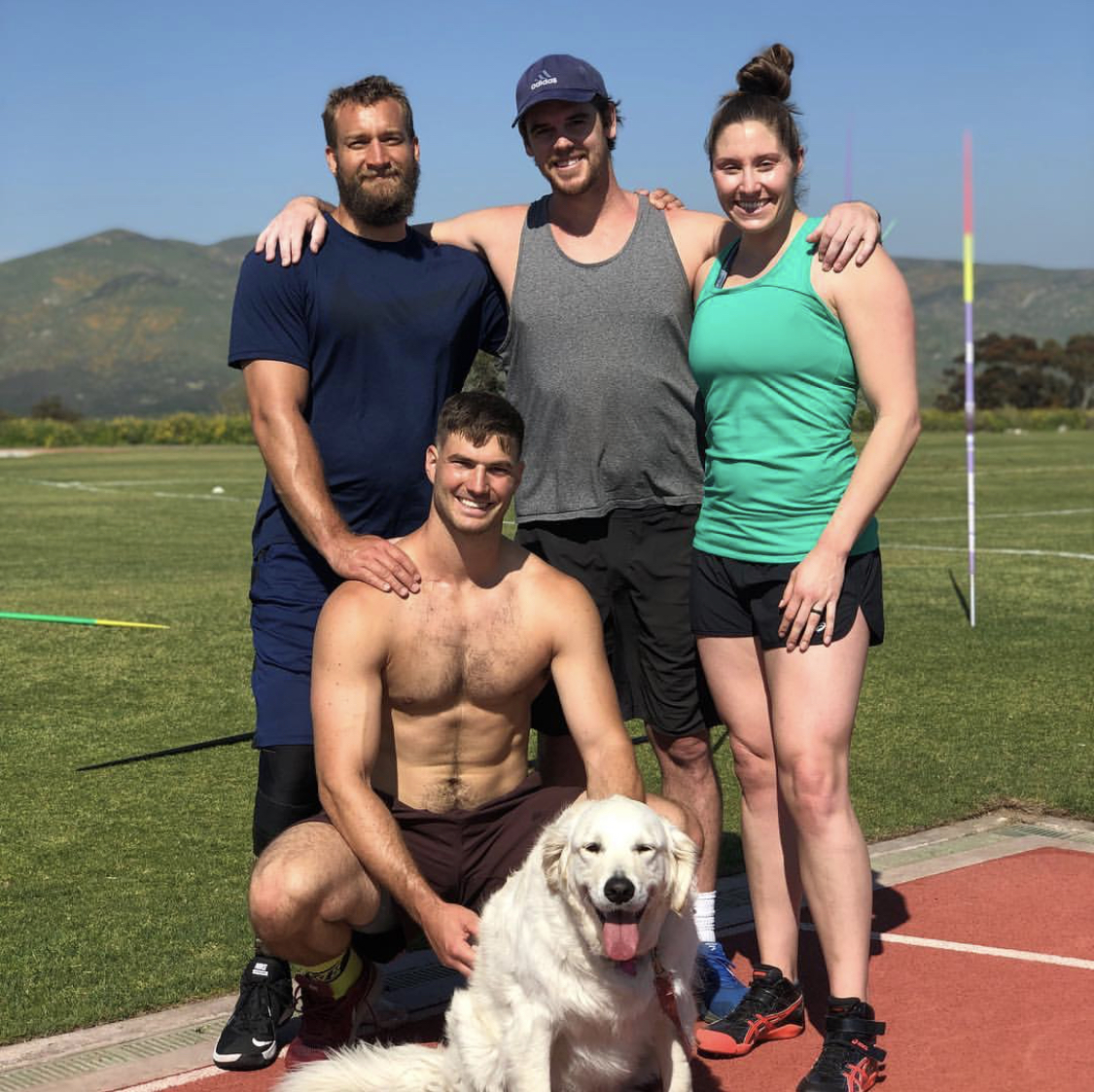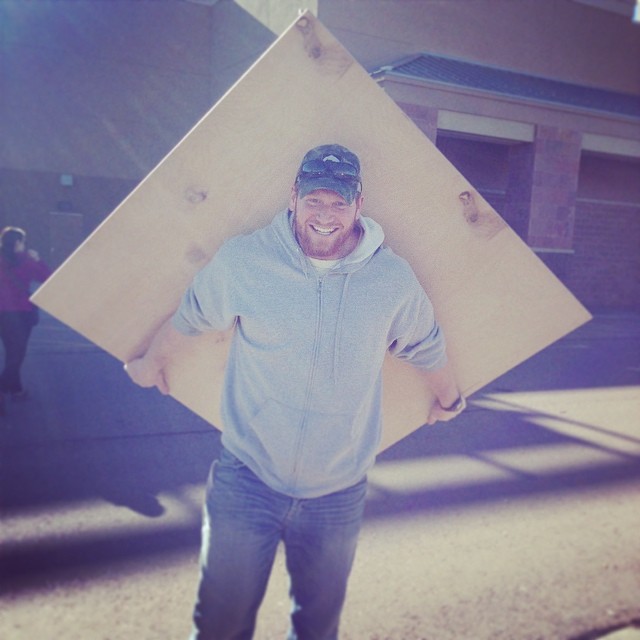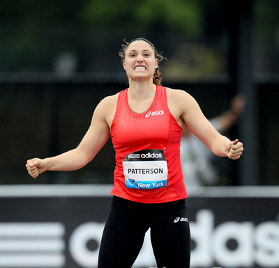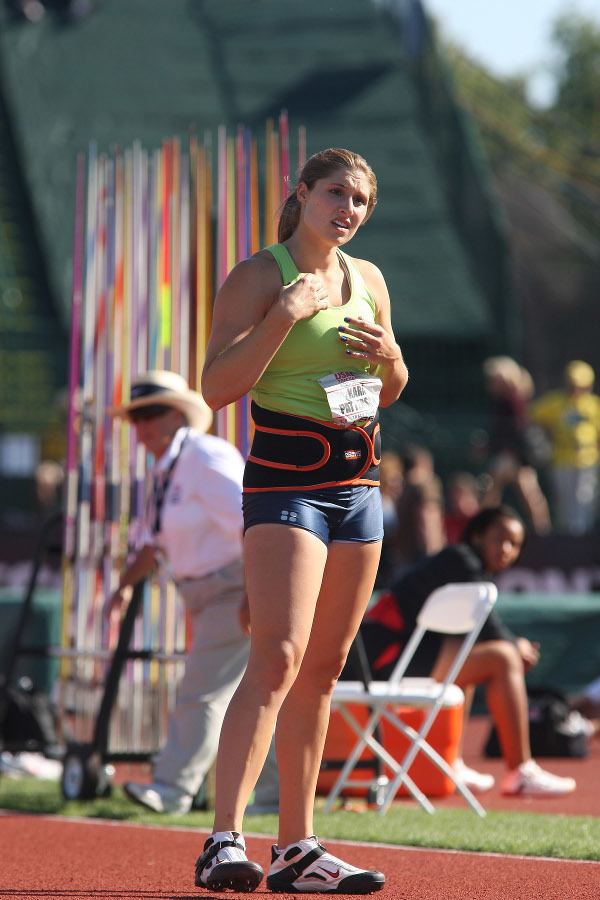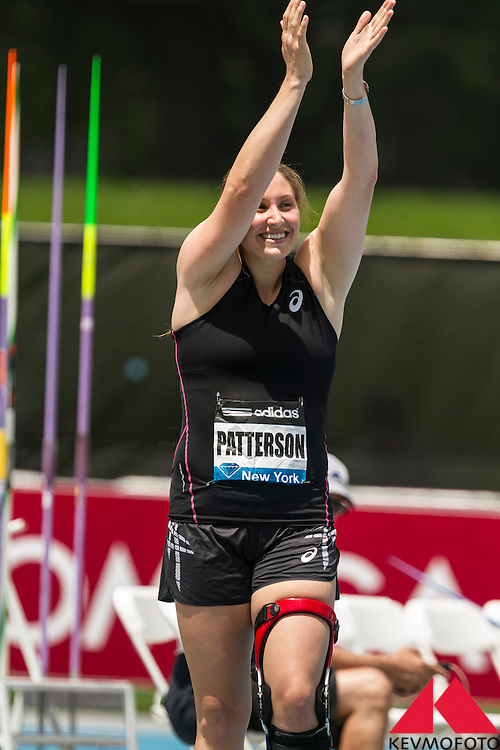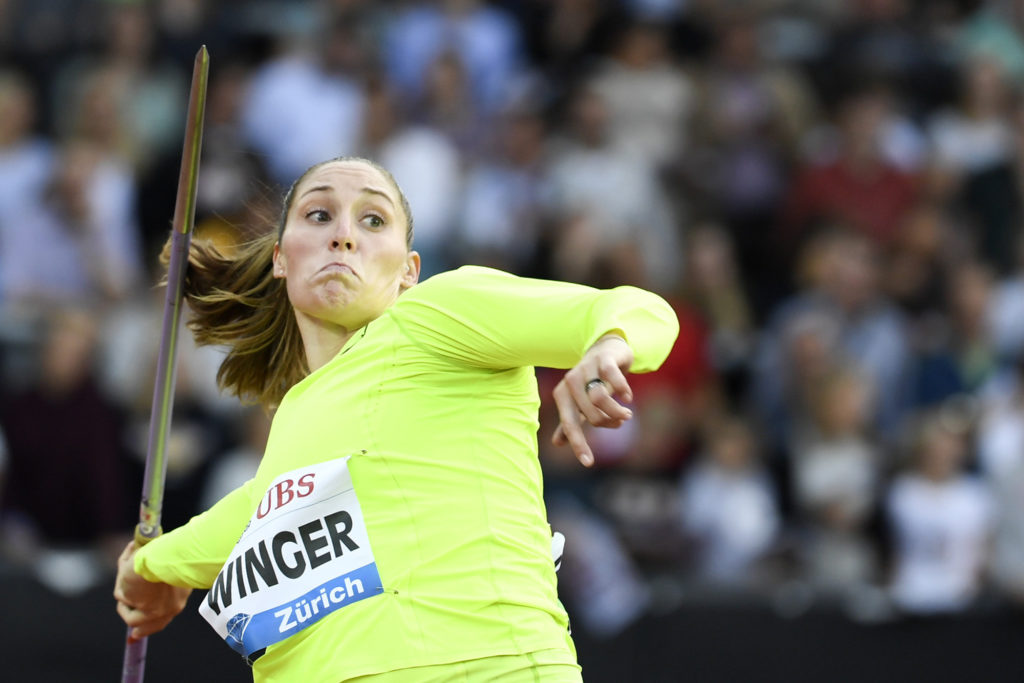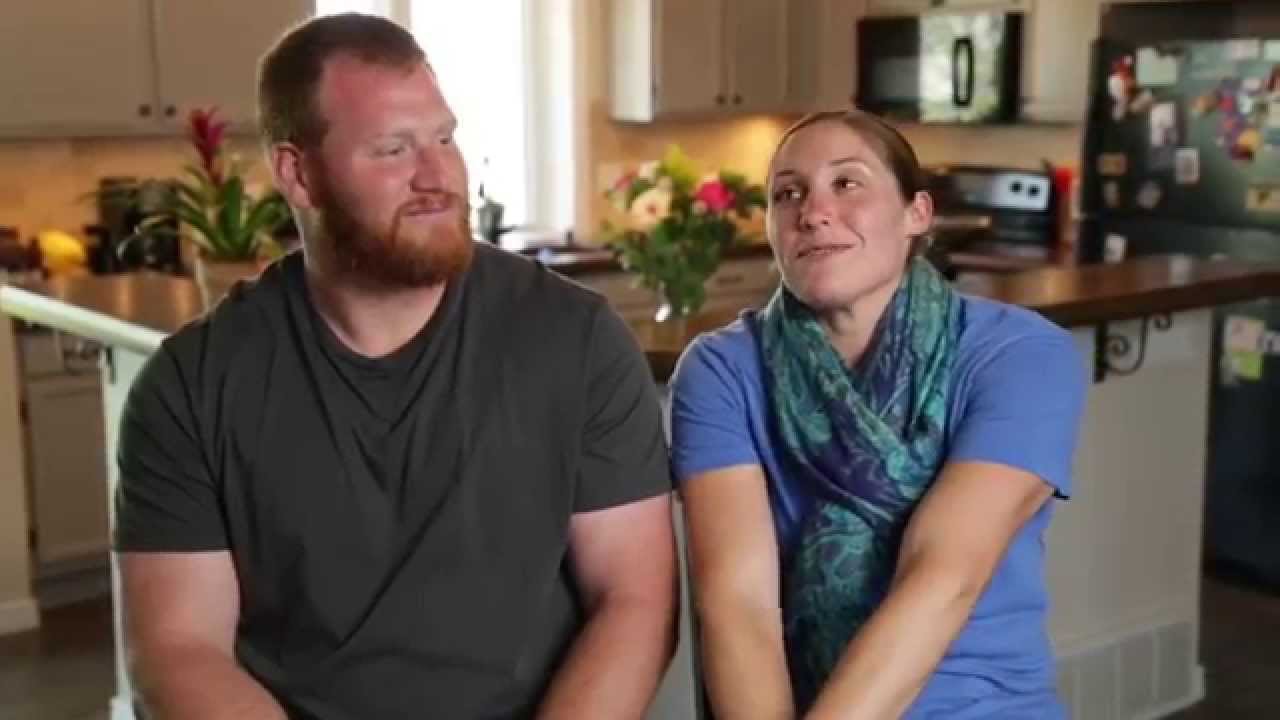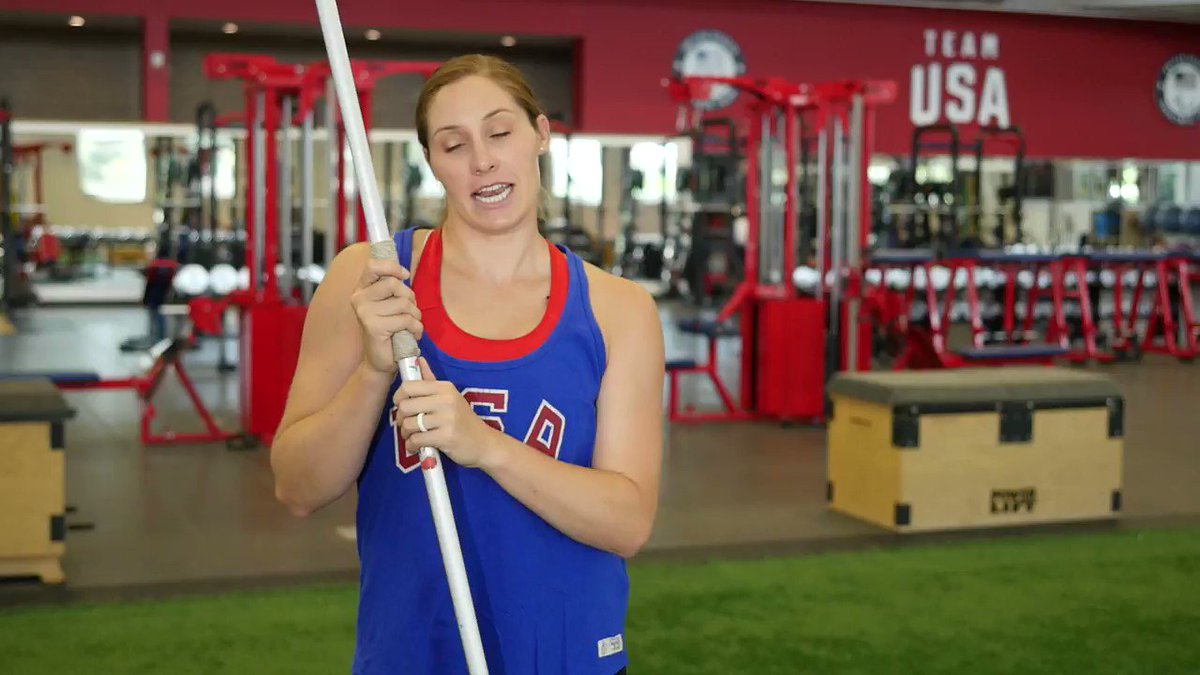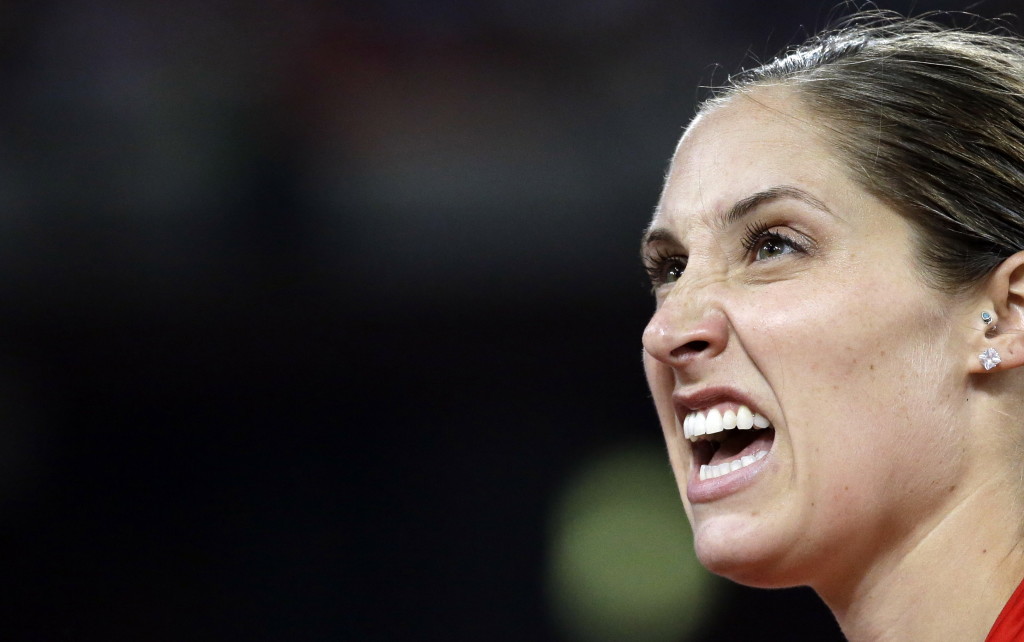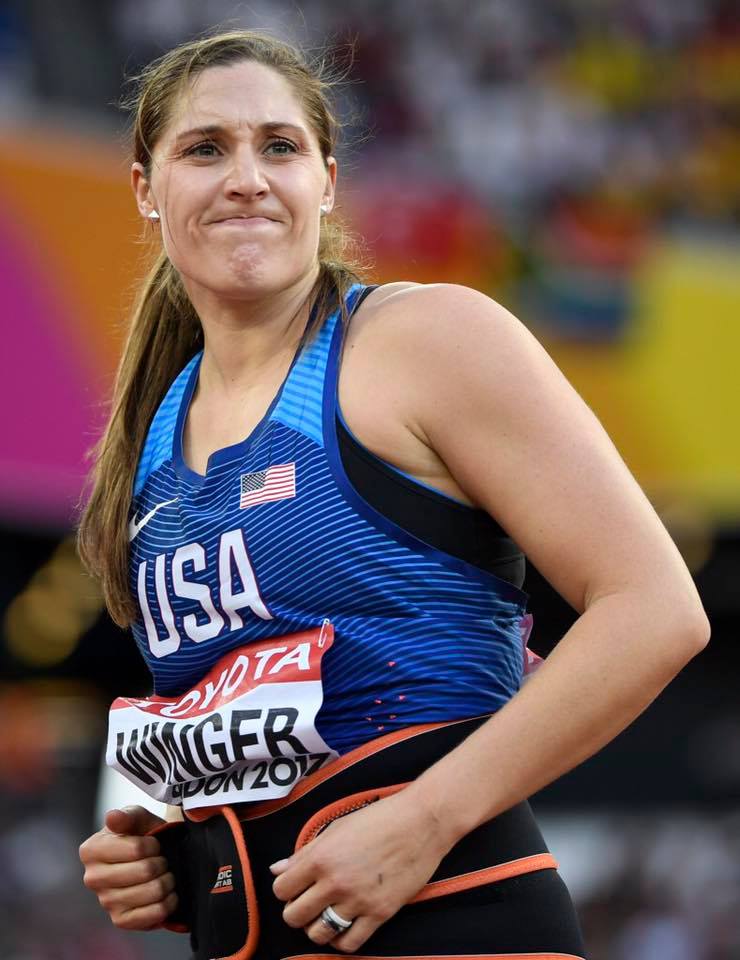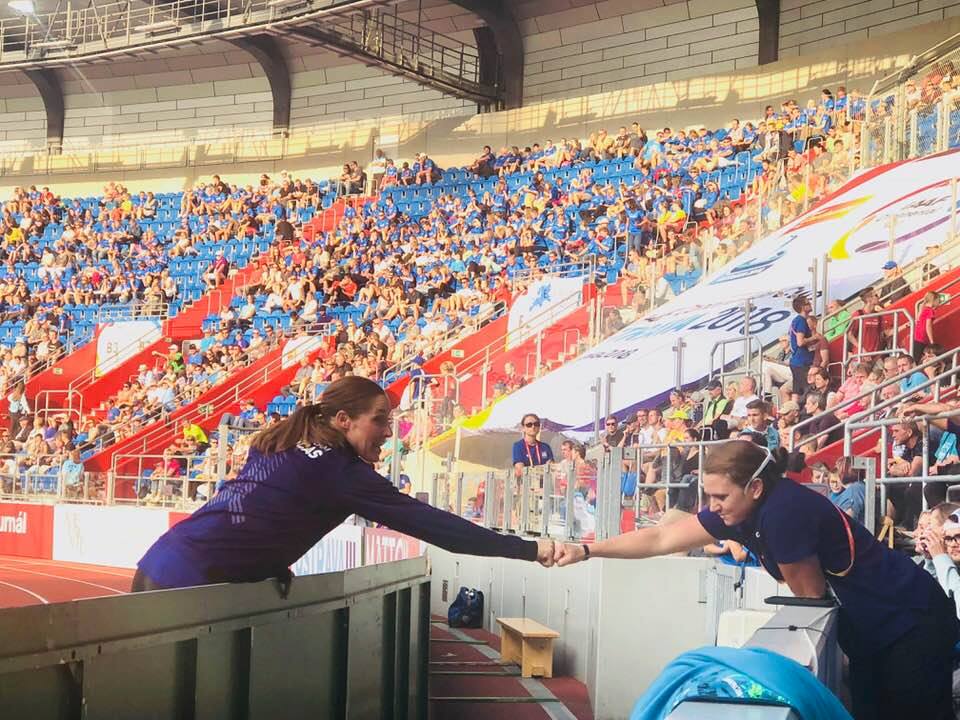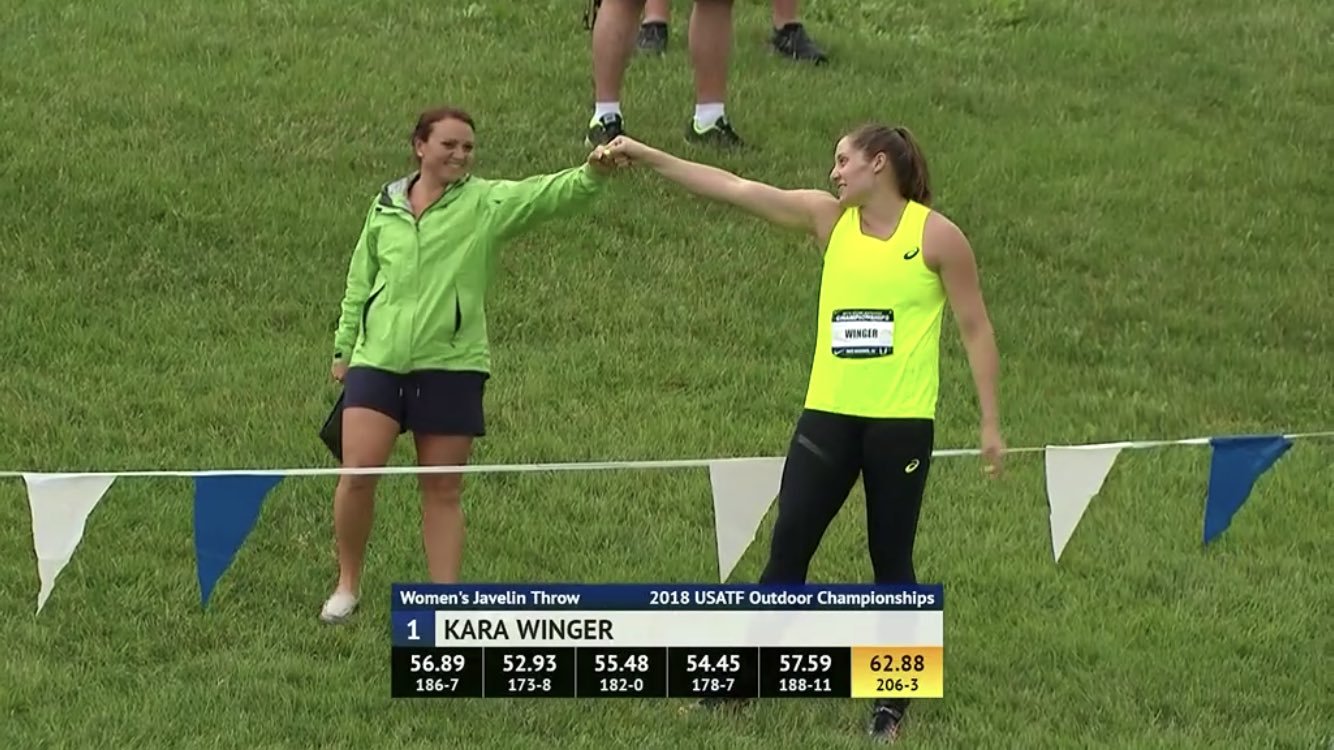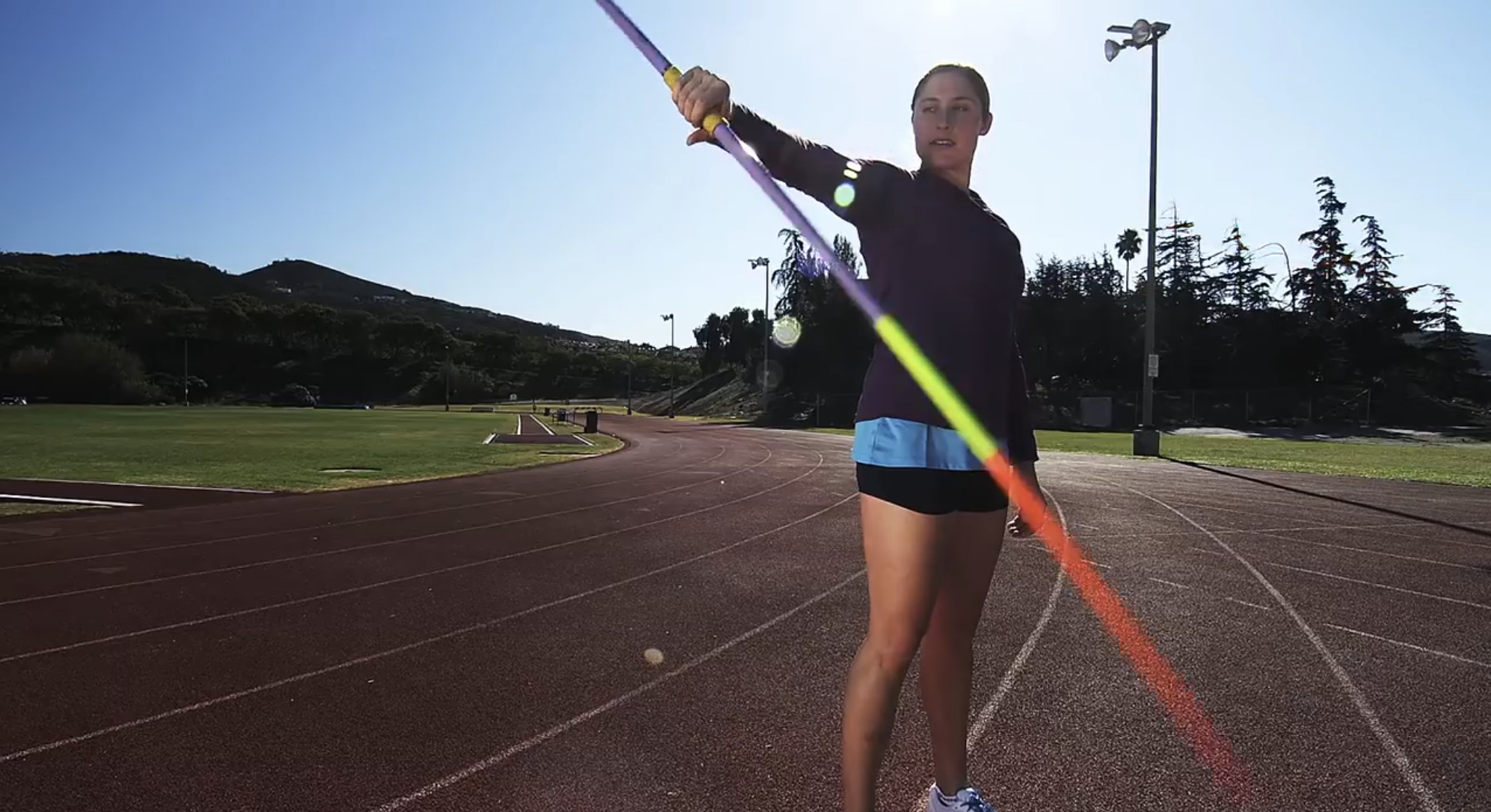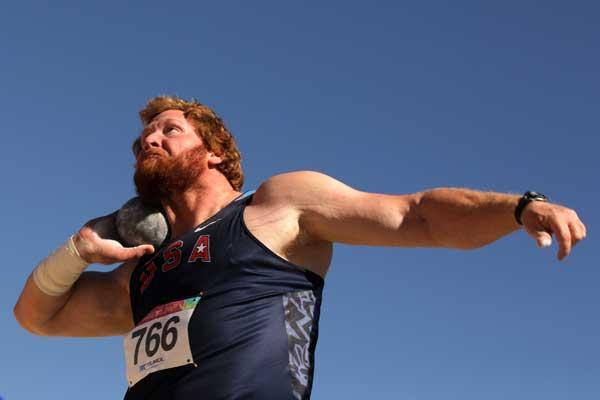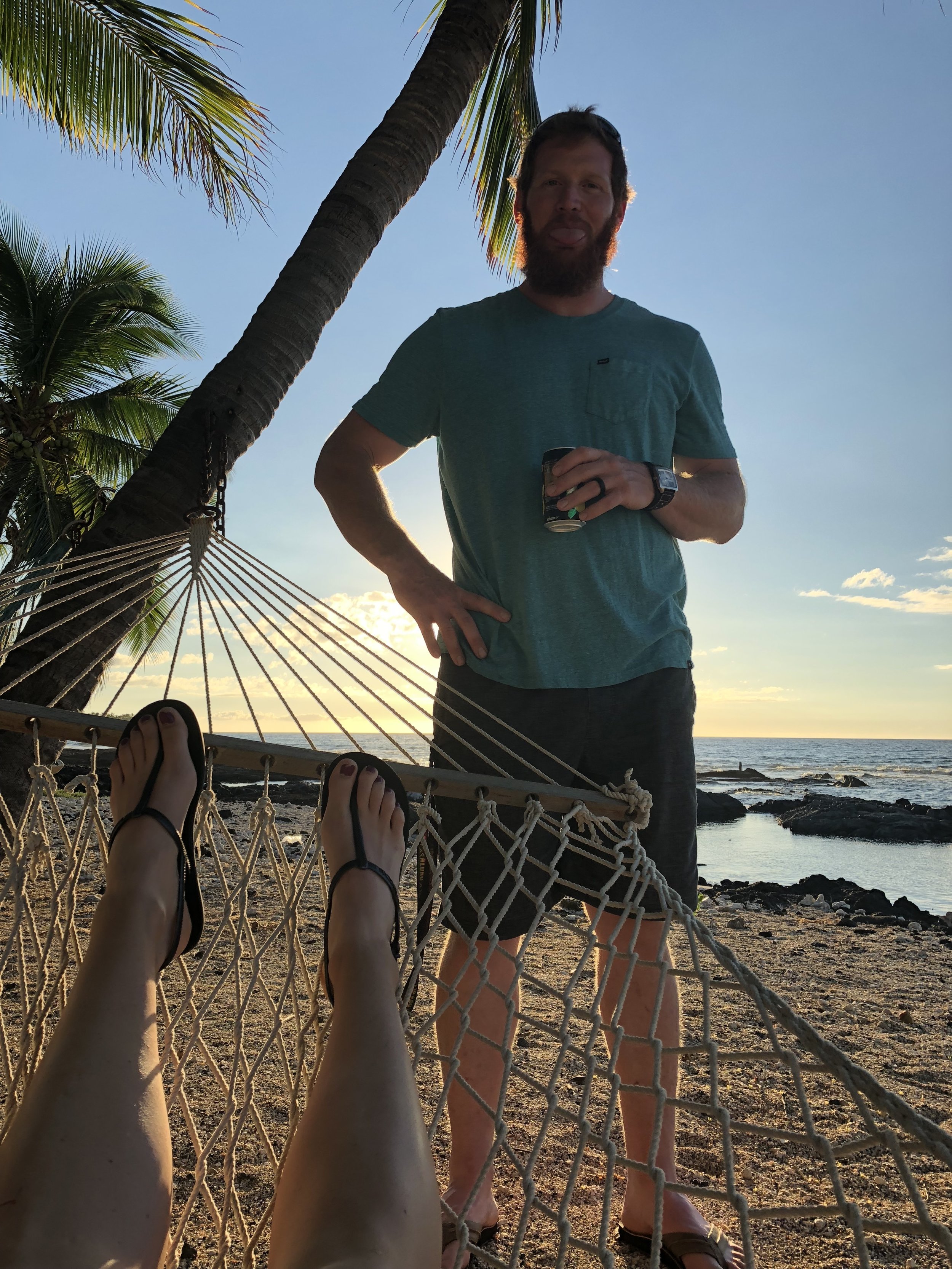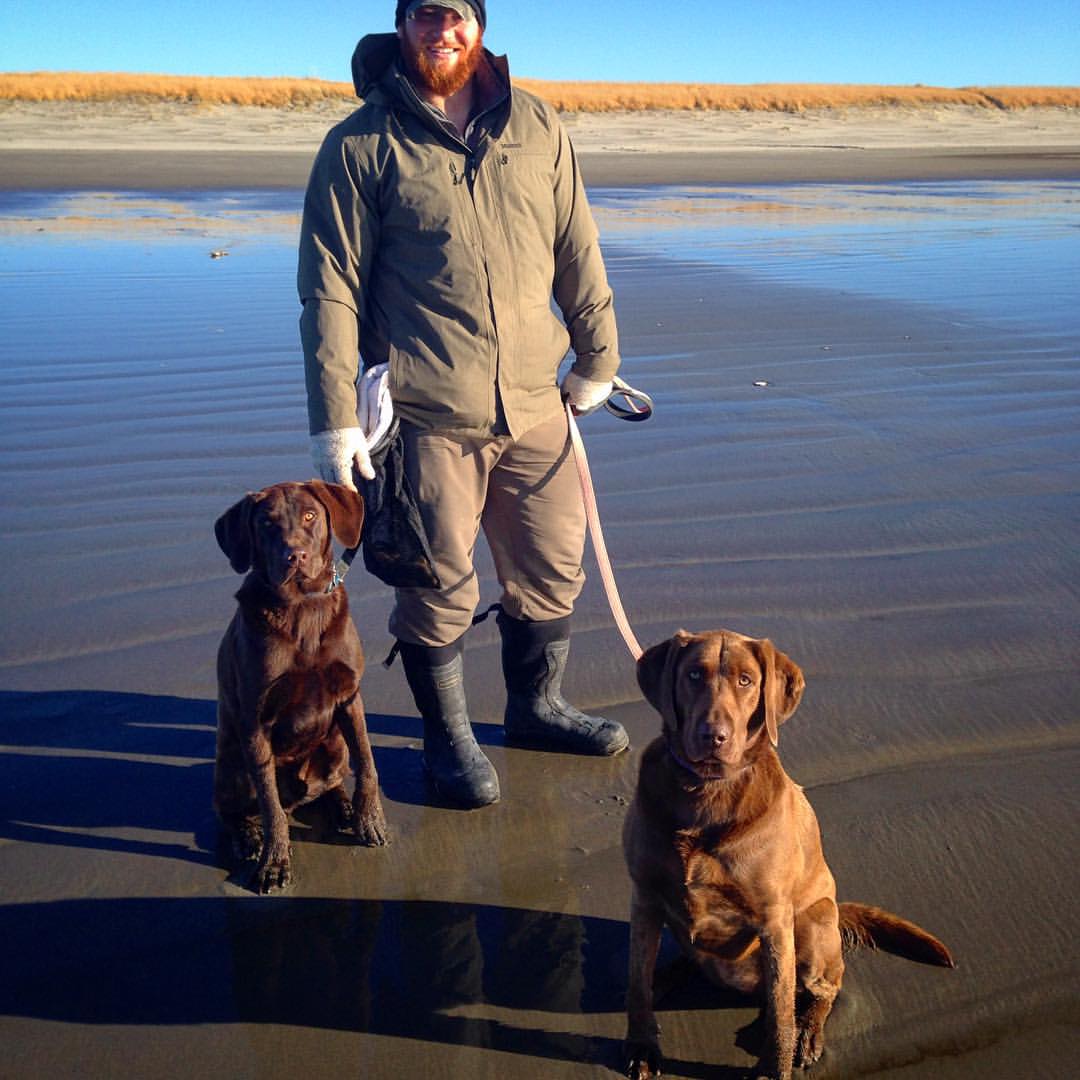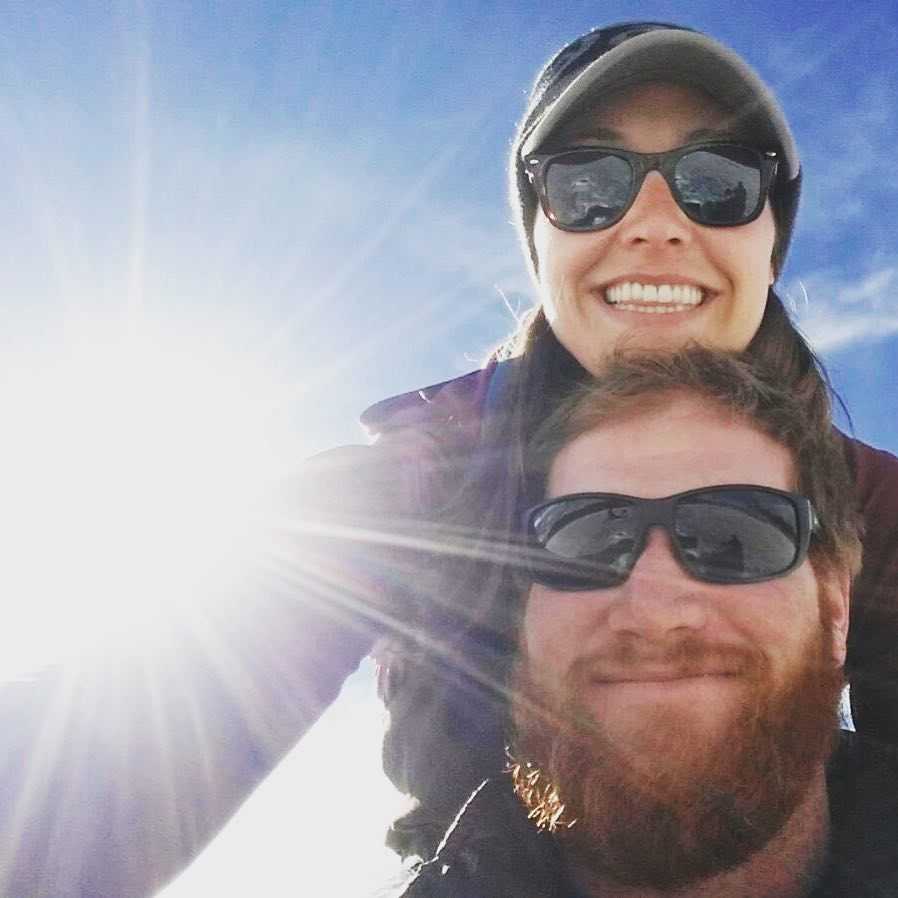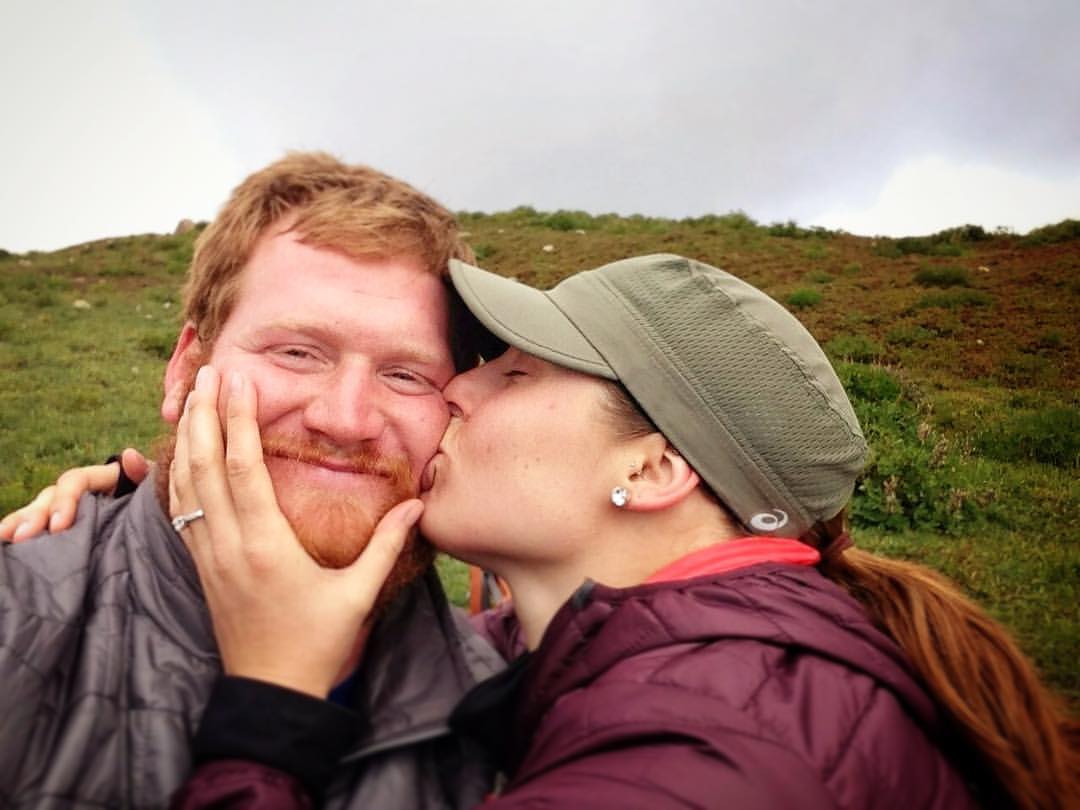Days of Rest
How to take a break when you need one!
In the same way that a season can feel long before it begins (like it can’t come fast enough), your body and/or mind can fail you in the midst of it. Disclaimer: I’m completely healthy and excited for the season!!! I just had good conversation with a great friend this weekend about self-care, and have also recently experienced my regular back spasm that just takes a few days to calm down.
Sometimes? Humph.
I’ve already written a recovery blog. This isn’t that. This is like an emergency response, something drastic needs to happen and it should be all-inclusive and hard-hitting to get you back on track and operating well in the middle of your season or heavy training. Just a few ideas, because I’m tired, and I’ve decided that I don’t like blogging on Sundays, as they should be my day of rest, and blogging sometimes feels like mental work (that isn’t helpful for me on Sundays). Therefore this one is short and I will shift writing days to weekdays (and solicit more input from you guys!)!
You can be physically and mentally exhausted, or just one or the other. The bottom line to restful activities is to fully commit to them! Don’t harbor any guilt for taking the time you need to recharge your body or soul, even if you’re skipping a practice to do it (THAT HAPPENS). Then focus completely on the training and mental sharpness when you hop back to it!
One of my favorite sayings, I think from Dan O’Brien but I am unsure, is “Sacrifice the day to save the week, the week to save the month, or the month to save the season.” This isn’t one of my favorite things because I employ its wisdom often (I don’t), but because it reminds me of what’s important! Measuring success in training and how that relates to javelin throwing is another blog. But I am so comforted by the idea that when I’m at my wit’s end, I’m actually improving by going home rather than pushing through pain and frustration.
Brief ideas for resting and recharging below. These are meant to be one-afternoon, quick fix, take a minute completely for yourself so you can come right back stronger kinds of things.
Physical
1. Epsom salt baths.
I had not done one of these for a LONG time until I had a back spasm (which is a somewhat-normal, nothing to be worried about thing for me) the day before my birthday. A massage therapist at the Colorado Springs Olympic Training Center is also an advocate for making a poultice with the Epsom salt and massaging it in/leaving it there to soak, so Russ did that for me, too.
2. NormaTec.
Find one at a clinic or buy one (you can get them used sometimes). My legs love them, especially my left knee after throwing sessions! The hip attachment is also a favorite.
3. Hang upside down.
If you have the core strength to protect your low back while you do. I bought these gravity boots a few years ago after using a pair in Chula Vista for years. I love them! Probably twice a month I hang upside down for like five minutes, stretching my lats, twisting slightly, or just breathing. Decompressing.
4. Massage.
My favorite. They can be expensive, sure, but even a half hour of specific, totally-relaxed work is worth the cost. I LOVE falling asleep on a massage table, knowing my muscles are getting worked on and allowing complete relaxation to make that process even easier for the professional doing the work.
5. Float tanks.
I’ve personally never tried one! But I hear great things from friends (both who have trouble quieting their minds and who don’t). You could also interpret this as ice baths or contrast baths! If those help you, do those. I refuse to ice bath in Colorado, because the few times I have, I was cold for days.
6. Go to bed.
Naps or hitting the hay early! There is not a lot that 12-hour sleep can’t fix for me.
7. Hammocks.
Get one. Set it up in the park. Swing, watch, think, nap, be. Look how precious Ari and Maddie are!
Mental
1. Change your workouts up.
There is almost nothing I enjoy more than a fresh new block of training!! If you’re really, really struggling, talk to your coach about just changing up your warm-up for the next week. Bring new focus and interest to your workouts.
2. Go to lunch alone.
Just me? I LOVE a solo lunch. I write in my training journal or just focus on how the food is helping my body. Usually it’s after training so I can process what I accomplished that day. Treat yo’self.
3. Go visit a friend.
Buy a cheap plane ticket and plan to do nothing at your friends’ house or take a drive to see someone you haven’t in a while. Reconnect.
4. Cry.
Also just me? Let it out!!! Maddie doesn’t judge me.
5. Plant something/yard work.
Potted plants inside can be fun to take care of. If you have a yard, start some vegetables inside and do some container gardening when spring is officially here. Make some planter boxes if you want! Paint your deck (this needs to happen in my life). Work on something else to improve it rather than always focusing on your own body.
6. Shop.
I’m not big on shopping just to shop (clothes and such), but I get a lot of joy out of the random times I remember that I do need something that feels like it will improve my life, find the best deal, and make that small change. I quite enjoy a certain kind of Lysol sponge to do my dishes with, I refuse to pay full-price for jeans so I wait until they’re on sale at the Buckle, and finding flight deals and people to travel to and with is always a thrill. I definitely don’t condone just buying to buy, but saving what might feel like a chore or wasting money (shopping in general to me) for times when I need a little distraction means I feel like I’m accomplishing tasks rather than just burning cash.
7. Create.
I LOVED renovating our house and my mother-in-law’s house: The few hours a day when a totally different kind of puzzle got solved and I could look at endless flooring samples and paint colors was such a happy departure for me. I play the piano very little. I write this blog and a lot of other journal kinds of things that let me feel creative. You could buy an adult coloring book or join a choir or paint. Just do something that makes something else!
Hit your rest hard and come back swinging!
I’ll be asking for input on blog topics via Instagram this week! I have a lot of ideas still, but again, I just need to not write on Sundays anymore. I want my day of rest back. Happy Easter!






